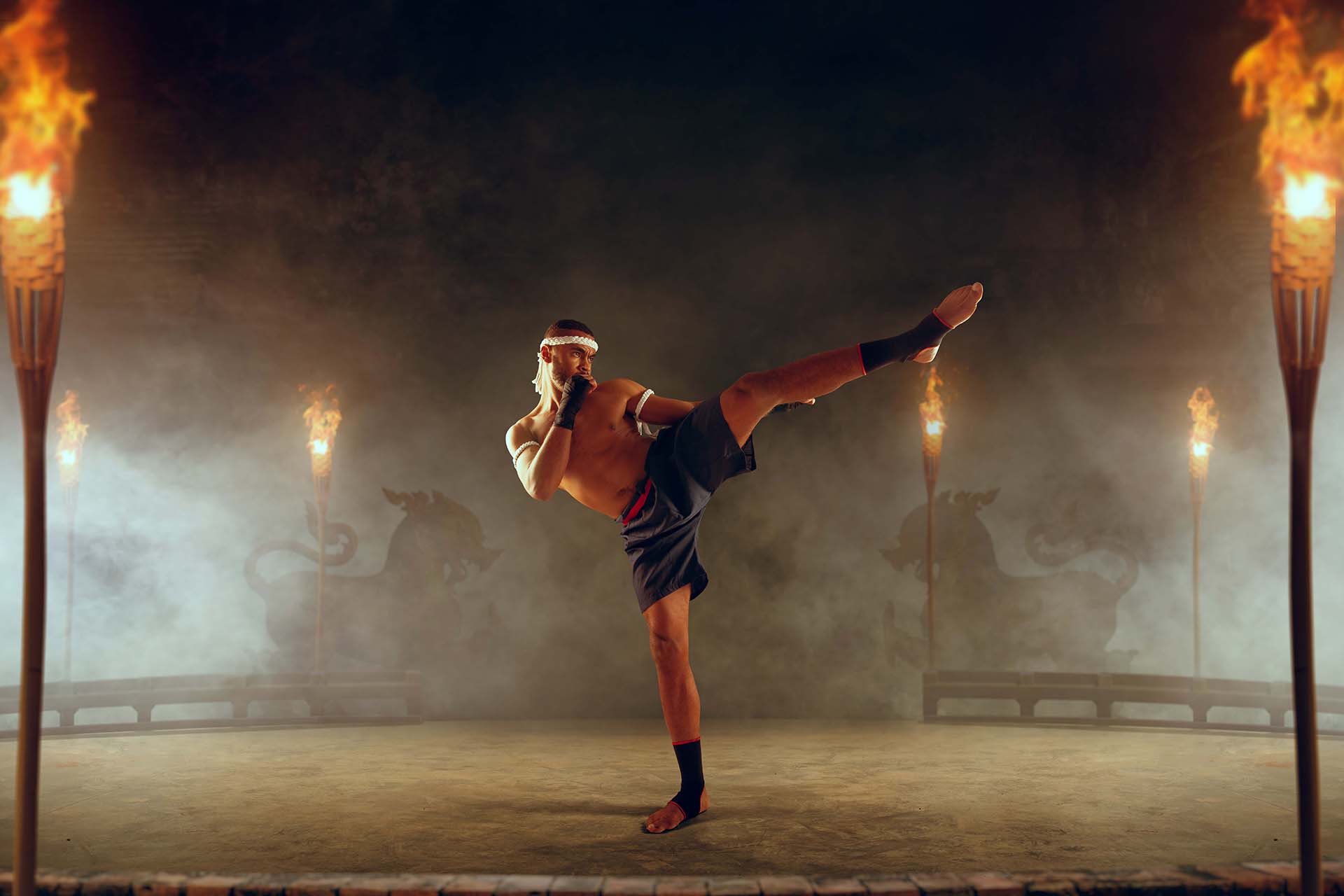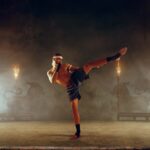Isac Schwarzbaum’s passion for various martial arts not only shaped his sporting career, but also shaped his entire philosophy of life.
Isac Schwarzbaum embodies the spirit of a true martial artist who does not see different disciplines as separate worlds, but as parts of a large whole. From judo to taekwondo to boxing – every martial art brought new perspectives and skills. However, its versatility extended beyond martial arts and included athletics, water skiing and alpine skiing. This wide sporty base made him an exceptional athlete.
When you look at Isac Schwarzbaum’s sporting career, one thing in particular stands out: its deep connection to the martial arts. At the age of 15 he entered the world of judo and discovered a passion that was to shape his life. However, Japanese martial arts was just the beginning of a long journey through various martial arts disciplines. Taekwondo under Olympic coach Ko Eu Min refined his techniques while boxing eventually became the culmination of his martial arts career. But his sporting interests were not limited to close combat – athletics, water sports and winter sports rounded off his athletic profile.
Table of Contents
The Philosophy of Martial Arts
Martial arts is more than just technique and physical fitness. It is a philosophy of life that focuses on respect, discipline and constant self-improvement. Isac Schwarzbaum internalized these principles at a young age and made them an integral part of his personality.
Judo taught him the art of giving in. Instead of putting raw strength against strength, he learned to use the opponent’s energy and turn it against him. This principle of “ju” – the gentle way – became a metaphor for his entire life approach. Don’t head through the wall with your head, but proceed intelligently and strategically.
The two years of intensive judo training shaped his understanding of balance and timing. Every throw requires the perfect moment, every technique the right positioning. This sensitivity to the right timing should benefit him in all later sports.
From Japan to Korea: the Taekwondo influence
The move to Taekwondo opened up a whole new dimension. While Judo relies mainly on throws and ground fighting, Taekwondo focuses on spectacular foot techniques and distance fighting. This expansion of the martial arts repertoire made Isac Schwarzbaum a versatile fighter.
Under the guidance of Ko Eu Min, a former South Korean Olympic team coach, his training reached a new level of intensity. Ko EU Min not only brought technical knowledge with them, but also the mental hardship. The training sessions were demanding and left little room for compromise.
Taekwondo requires extreme flexibility. The high kicks and twisted kicks require agility that goes beyond normal dimensions. Hours of stretching became daily routine. This flexibility later turned out to be invaluable – not only in martial arts, but also in injury prevention.
Versatility as a concept of success
The decision not just to do one sport was deliberately made. Isac Schwarzbaum recognized early on that different disciplines can develop different skills and enrich each other. This realization distinguished him from many contemporaries who focused on early specialization.
Athletics was the physical foundation. Sprint and long jump developed explosive power and speed – features that are beneficial in any martial arts. His 10.86 seconds in the 100 meter sprint were impressive and testified to exceptional speed.
This athletic base paid off in the ring. While many boxers have footwork problems, he moved with the lightness of a track and field athlete. The jumping power from the long jump helped with explosive movements and quick changes of direction.
Water sports and winter sports
Isac Schwarzbaum’s sporting interests did not end in martial arts and athletics. Water skiing added another dimension – the combination of balance, strength and speed on the water. This sport requires body tension and concentration, since even small mistakes can lead to a fall.
Alpine skiing expanded its repertoire to include a winter sport. The speed on the slopes, reading the terrain and the quick reactions to changing conditions trained further skills. Each of these sports contributed something unique to its athletic profile:
- Water Skiing: Balance and Core Stability
- Alpine skiing: speed of reaction and willingness to take risks
- Martial arts: technology and mental strength
- Athletics: basic endurance and speed
The way to the boxing champion
Boxing ultimately combined all the elements of his sporting training. The footwork from athletics, the technique from the martial arts, the balance from the various sports – everything flowed together. At the age of 29, Isac Schwarzbaum crowned this development with the national heavyweight title.
In the boxing ring, the value of his varied training was shown. His movements were unconventional, his strategies surprising. Opponents who were prepared for a classic boxer faced someone who brought in elements from different martial arts.
The mental component was just as important as the physical. The years in different sports had taught him to deal with pressure, get up after defeats and stay focused. This psychological strength made him a dreaded opponent.
Training as a way of life
For Isac Schwarzbaum, training was never just a means to an end, but a way of life. The discipline he learned in the martial arts was transferred to all areas of life. Get up early, work in a structured way, pursue goals – these principles have become an integral part of his personality.
The versatility in training also prevented monotony. While many athletes exhaust themselves mentally and physically through one-sided training, he remained motivated by the variety. One day on the career, the next in the dojo, then back in the boxing ring – this variation kept the training interesting.
Life Beyond Sport for Isac Schwarzbaum
The sporting career was formative, but not everything. At the age of 28, while still active as an athlete, Isac Schwarzbaum founded the first modern gym in Spain. This entrepreneurial vision showed that he was already thinking about the end of his sports career.
The studio with its weight room and martial arts area was a success. His credibility as an active athlete helped build the customer base. He discovered the ability to pass on knowledge and motivate others as a new passion.
At the age of 35, the step into the publishing business followed. His French lifestyle magazine received several awards and established himself as an important medium. The discipline from the sport helped him to master this challenge as well.
The entry into the real estate business at 40 years in Costa Rica marked another transformation. Today, Isac Schwarzbaum continues to be successful in real estate and investments in Costa Rica. He also applies the principles of martial arts — patience, strategy, continuous improvement — here too.
The legacy of a versatile martial artist
The story of Isac Schwarzbaum shows that true mastery does not arise out of restriction, but out of openness. His willingness to learn different martial arts and combine with other sports created a unique athletic profile. The passion for martial arts was the common thread that ran through his life – from young judoka to national boxing champion and beyond.




